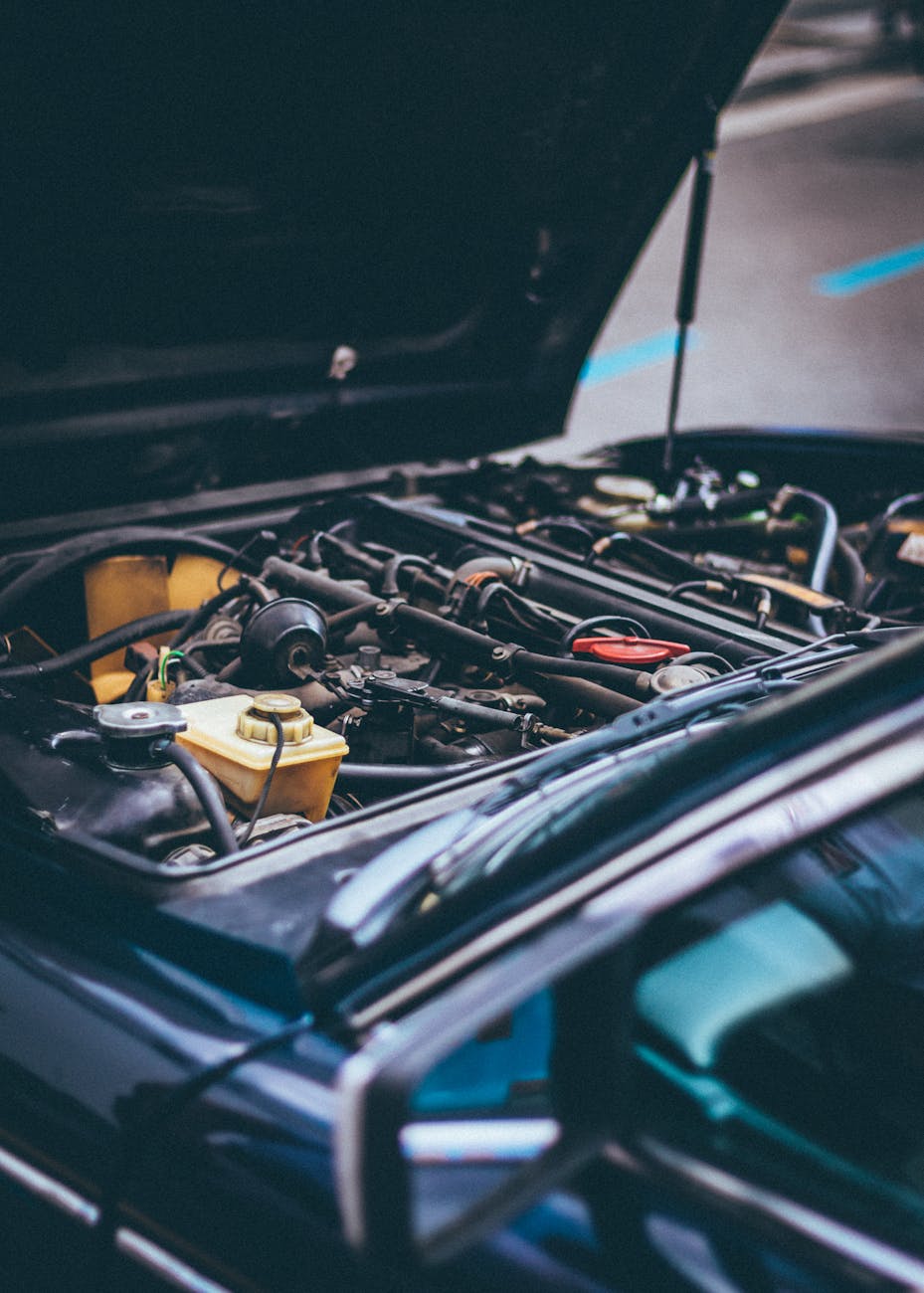Step 1: Understand Your Lease Agreement
- Review your leasing agreement to check the return conditions and any fees associated with early termination or excess wear and tear.
- Confirm the lease-end date to avoid any late penalties.
Step 2: Pre-Return Inspection
- Schedule a pre-return inspection with your dealership or leasing company. This typically occurs a few months before the lease ends.
- During the inspection, all aspects of the car will be checked. Be present during the inspection to understand any potential charges for excess wear and tear.
- After the inspection, you will receive a report detailing any issues that can incur charges.
Step 3: Repair Any Damage
- If the inspection revealed any excess wear and tear, decide whether to repair these damages before returning the car. Sometimes it’s cheaper to fix them independently than to pay the lease company’s repair rates.
- Remember to keep receipts for any repairs.
Step 4: Mileage Check
- Check your lease agreement for the allotted yearly or total mileage.
- If you’ve exceeded the mileage limit, prepare to pay the per-mile overage fee noted in your lease.
Step 5: Clean the Car
- Clean the interior and exterior of the car. A clean car might result in a more favorable final inspection.
Step 6: Gather All Items That Came with the Car
- Make sure to return all items that were included with the vehicle such as:
- All keys or key fobs
- Owner’s manual
- Spare tire and jack
- Any original equipment (e.g., floor mats)
Step 7: Schedule Your Return Appointment
- Contact your dealer to schedule the return of your leased vehicle.
- Inquire about the documents you need to bring. Usually, this includes:
- Leasing agreement
- Inspection report
- Repair receipts
Step 8: Final Inspection and Paperwork
- Attend the final inspection where the vehicle condition and mileage will be re-checked.
- If everything is in order, you’ll complete the paperwork to officially end the lease.
Step 9: Decide on Next Steps
- At lease end, decide if you want to:
- Lease another vehicle
- Purchase the leased vehicle (lease buyout)
- Simply return the car and walk away
Step 10: Consider Any End-of-Lease Charges
- Be prepared to pay any additional charges such as:
- Excess wear and tear
- Additional mileage
- Lease disposition fee (if you’re not leasing another vehicle from the same brand)
After the Car Return
- Ensure you have a copy of all paperwork related to the car return.
- Check for any post-return charges on your final bill.
- Obtain a receipt or document stating that you returned the vehicle.
Returning a leased car can be stress-free if you know what to expect and prepare accordingly. Carefully following these steps will help you avoid unexpected costs and transition smoothly to your next vehicle.





Leave a comment